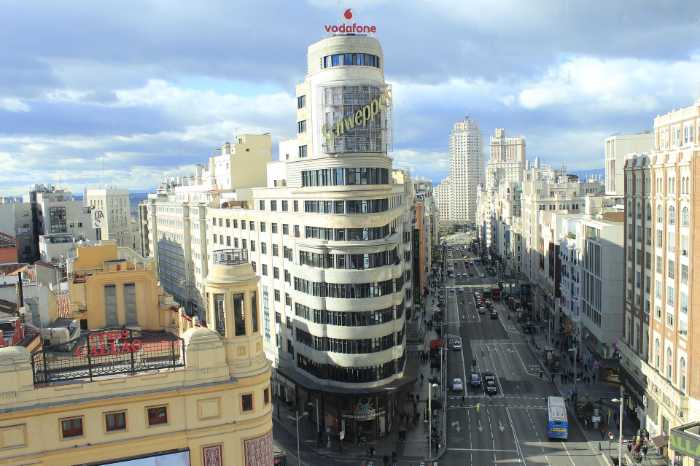
Madrid
SpainMadrid, the vibrant heart of Spain, pulsates with a passionate energy that extends far beyond its renowned art museums and grand boulevards. It wasn't always the undisputed capital; for a significant period, Toledo held that esteemed position, a detail highlighting the shifting political landscapes of the Iberian Peninsula. Yet, Madrid's central location and royal patronage eventually propelled it to the forefront of Spanish power. Consider this: Madrid is geographically one of the highest capital cities in Europe, sitting at an average altitude of around 667 meters (2,188 feet) above sea level. This elevated position contributes to its dry climate and offers surprisingly crisp air, especially in the cooler months, a stark contrast to the often-humid coastal regions of Spain. Intriguingly, the iconic Puerta del Sol, one of Madrid's most famous squares, marks the exact center of Spain. A plaque on the ground, known as the "Kilómetro Cero," signifies the starting point for all of Spain's national roads. This symbolic location makes it a natural meeting point and a place where the entire nation figuratively converges. Another fascinating aspect of Madrid lies in its surprising connection to a beloved children's character: Paddington Bear. The creator of the marmalade-loving bear, Michael Bond, was inspired to write the first Paddington story after seeing refugee children arriving in London during World War II, often with labels attached to their coats. The name "Paddington" came from the London railway station, but Bond's wife was of Spanish origin, and his frequent visits to Spain may have subtly influenced some of the bear's charmingly polite and slightly bewildered demeanor. Beyond its geographical and literary links, Madrid boasts a unique tradition associated with New Year's Eve. As the clock strikes midnight on December 31st, thousands of people gather in Puerta del Sol to eat twelve grapes, one for each chime, a ritual believed to bring good luck for the coming year. This lively and slightly chaotic tradition is a distinctly Madrileño way to ring in the new year. Furthermore, the magnificent Royal Palace of Madrid, while the official residence of the Spanish Royal Family, is primarily used for state ceremonies. The current monarchs actually reside in the more modest Zarzuela Palace on the outskirts of the city, a detail that offers a glimpse into the more private lives of the Spanish royals. Finally, for those with a sweet tooth, Madrid is the birthplace of churros. These fried dough pastries, often served with thick, rich chocolate for dipping, are a quintessential Madrileño treat, enjoyed for breakfast, as a snack, or even late at night after a lively evening. The aroma of freshly fried churros wafting from local churrerías is an integral part of the Madrid experience. To explore Madrid is to encounter a city where its elevated position mirrors its historical importance, a place marked by a symbolic national center, literary inspiration, unique traditions, and a deeply ingrained love for sweet delights.
 Royal Palace of Aranjuez
Castle
Royal Palace of Aranjuez
Castle
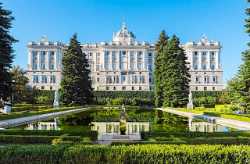 Royal Palace of Madrid
Castle
Royal Palace of Madrid
Castle
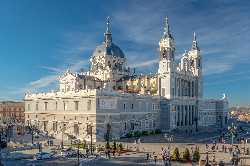 Almudena Cathedral
Cathedral
Almudena Cathedral
Cathedral
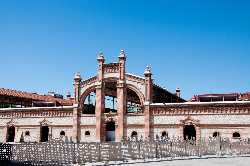 Matadero Madrid
Cultural Centre
Matadero Madrid
Cultural Centre
 Helga de Alvear Gallery
Gallery
Helga de Alvear Gallery
Gallery
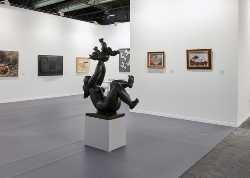 Leandro Navarro Gallery
Gallery
Leandro Navarro Gallery
Gallery
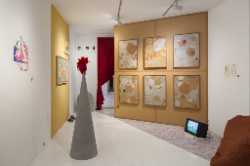 Travesía Cuatro
Gallery
Travesía Cuatro
Gallery
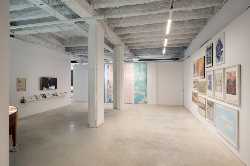 Nogueras Blanchard
Gallery
Nogueras Blanchard
Gallery
 Galeria Casado Santapau
Gallery
Galeria Casado Santapau
Gallery
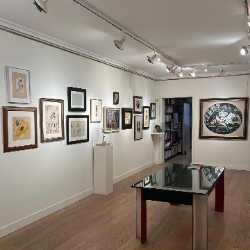 Guillermo De Osma
Gallery
Guillermo De Osma
Gallery
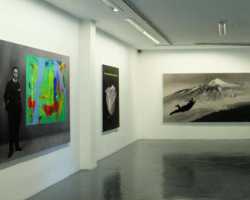 Galería Álvaro Alcázar
Gallery
Galería Álvaro Alcázar
Gallery
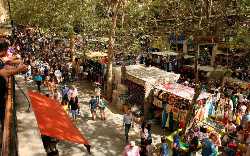 El Rastro
Market
El Rastro
Market
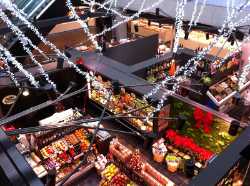 Mercado de San Antón
Market
Mercado de San Antón
Market
 Mercado de la Cebada
Market
Mercado de la Cebada
Market
 Mercado de Maravillas
Market
Mercado de Maravillas
Market
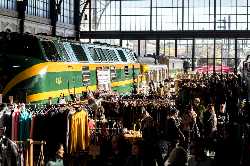 Mercado de Motores
Market
Mercado de Motores
Market
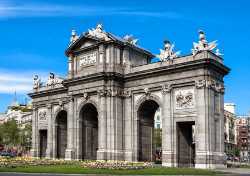 Puerta de Alcalá
Monument
Puerta de Alcalá
Monument
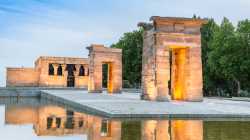 Temple of Debod
Monument
Temple of Debod
Monument
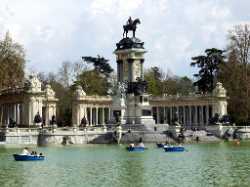 Monumento a Alfonso XII
Monument
Monumento a Alfonso XII
Monument
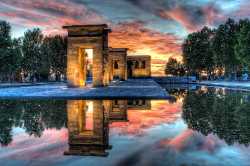 Temple of Debod Gardens
Monument
Temple of Debod Gardens
Monument
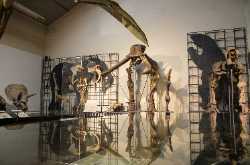 National Museum of Natural Sciences
Museum
National Museum of Natural Sciences
Museum
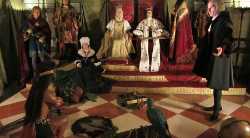 Wax Museum of Madrid
Museum
Wax Museum of Madrid
Museum
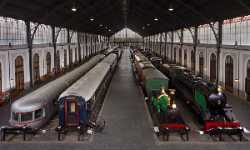 Museo del Ferrocarril
Museum
Museo del Ferrocarril
Museum
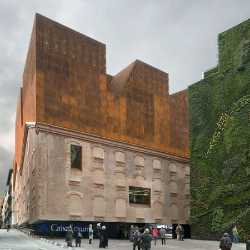 CaixaForum Madrid
Museum
CaixaForum Madrid
Museum
 Lázaro Galdiano Museum
Museum
Lázaro Galdiano Museum
Museum
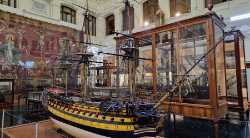 Naval Museum
Museum
Naval Museum
Museum
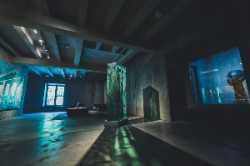 Espacio SOLO
Museum
Espacio SOLO
Museum
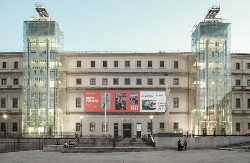 Museo Nacional Centro de Arte Reina Sofía
Museum
Museo Nacional Centro de Arte Reina Sofía
Museum
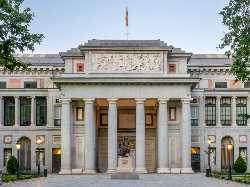 Museo Nacional del Prado
Museum
Museo Nacional del Prado
Museum
 Thyssen-Bornemisza National Museum
Museum
Thyssen-Bornemisza National Museum
Museum
 Sorolla Museum
Museum
Sorolla Museum
Museum
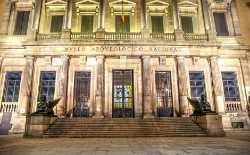 Museo Arqueológico Nacional
Museum
Museo Arqueológico Nacional
Museum
 Museo Cerralbo
Museum
Museo Cerralbo
Museum
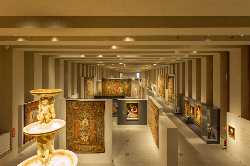 Galería de las Colecciones Reales
Museum
Galería de las Colecciones Reales
Museum
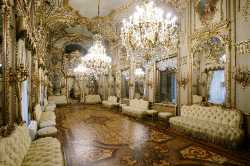 Palacio de Fernán Núñez
Museum
Palacio de Fernán Núñez
Museum
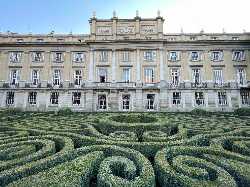 Liria Palace
Museum
Liria Palace
Museum
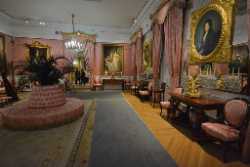 Museo del Romanticismo
Museum
Museo del Romanticismo
Museum
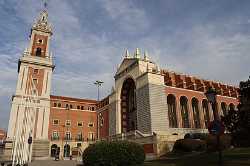 Museo de América
Museum
Museo de América
Museum
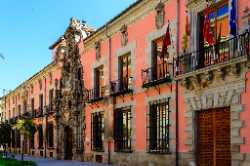 History Museum of Madrid
Museum
History Museum of Madrid
Museum
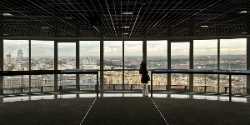 Faro de Moncloa Observation Tower
Observatory
Faro de Moncloa Observation Tower
Observatory
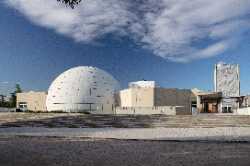 Planetario de Madrid
Observatory
Planetario de Madrid
Observatory
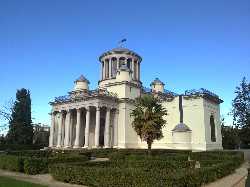 Real Observatory of Madrid
Observatory
Real Observatory of Madrid
Observatory
 Quinta de los Molinos
Park
Quinta de los Molinos
Park
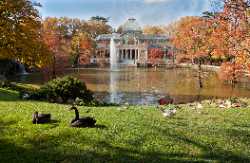 El Retiro Park
Park
El Retiro Park
Park
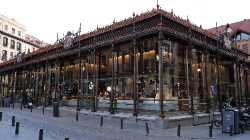 Mercado de San Miguel
Park
Mercado de San Miguel
Park
 Casa de Campo Park
Park
Casa de Campo Park
Park
 Jardines de Sabatini
Park
Jardines de Sabatini
Park
 Campo del Moro Park
Park
Campo del Moro Park
Park
 Real Jardín Botánico
Park
Real Jardín Botánico
Park
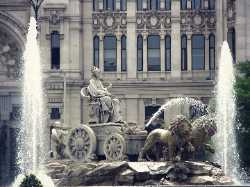 Plaza de Cibeles
Square
Plaza de Cibeles
Square
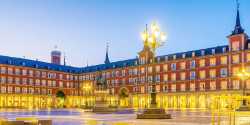 Plaza Mayor
Square
Plaza Mayor
Square
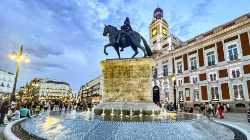 Puerta del Sol
Square
Puerta del Sol
Square
 Santiago Bernabéu Stadium
Stadium
Santiago Bernabéu Stadium
Stadium
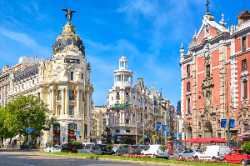 Gran Vía
Street
Gran Vía
Street
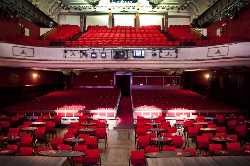 Teatro EDP Gran Vía
Theatre
Teatro EDP Gran Vía
Theatre
 Teatro Lara
Theatre
Teatro Lara
Theatre
 Teatro Español
Theatre
Teatro Español
Theatre
 Teatro de la Zarzuela
Theatre
Teatro de la Zarzuela
Theatre
 Teatro Real
Theatre
Teatro Real
Theatre
 Teatro Lope de Vega
Theatre
Teatro Lope de Vega
Theatre